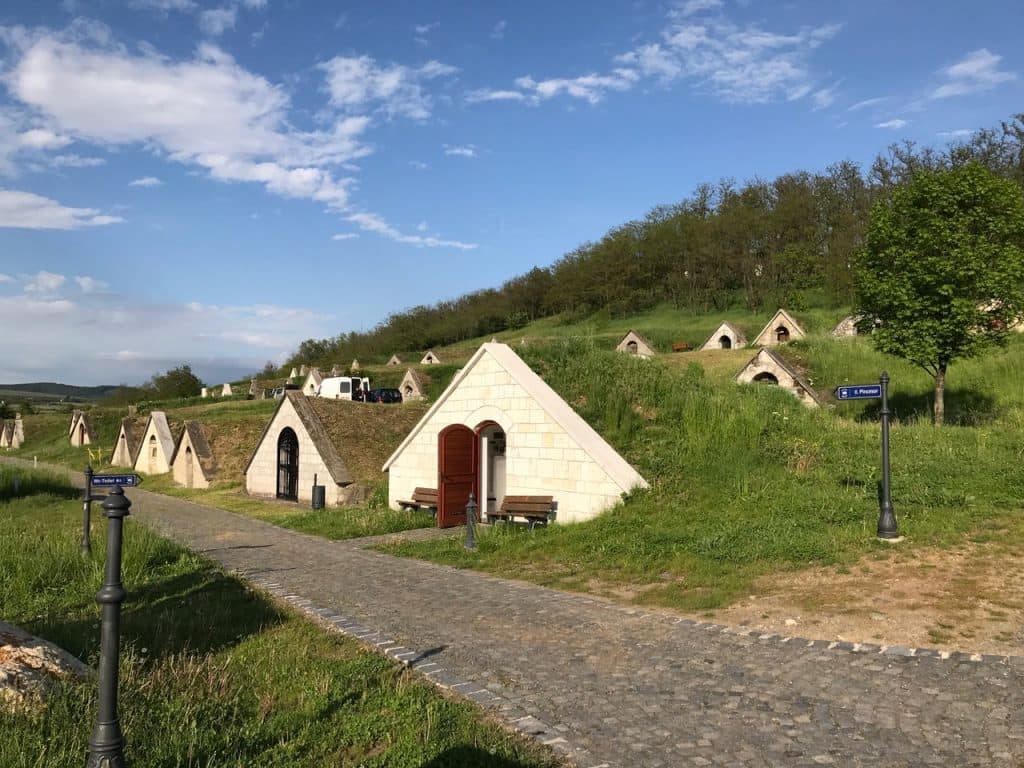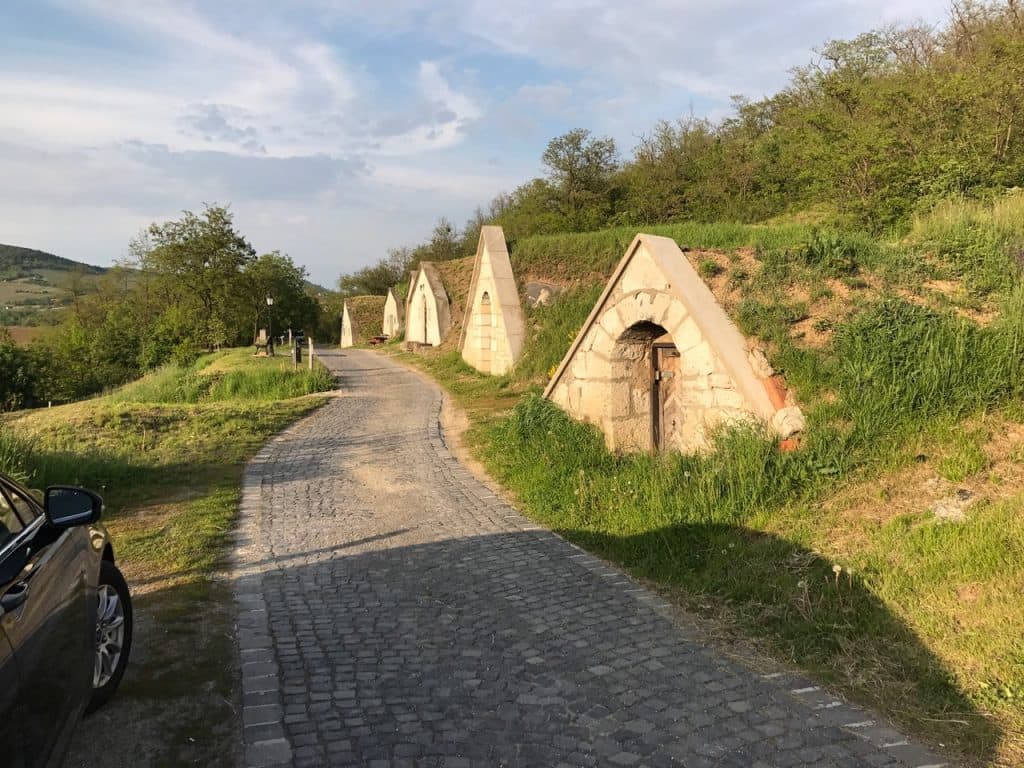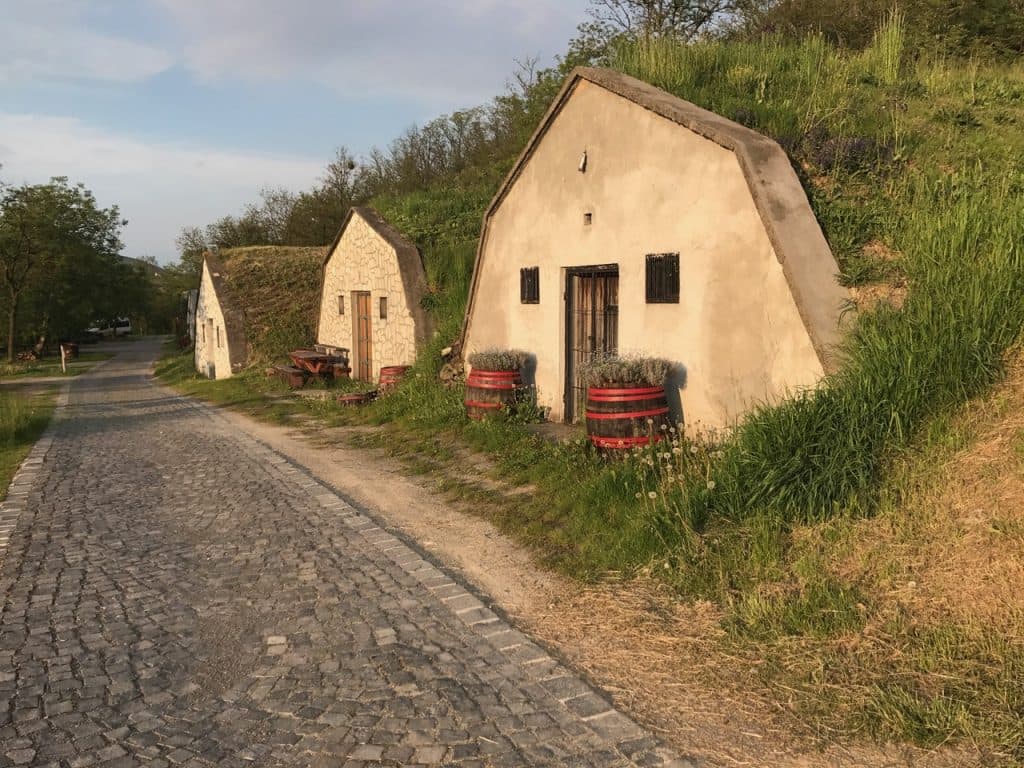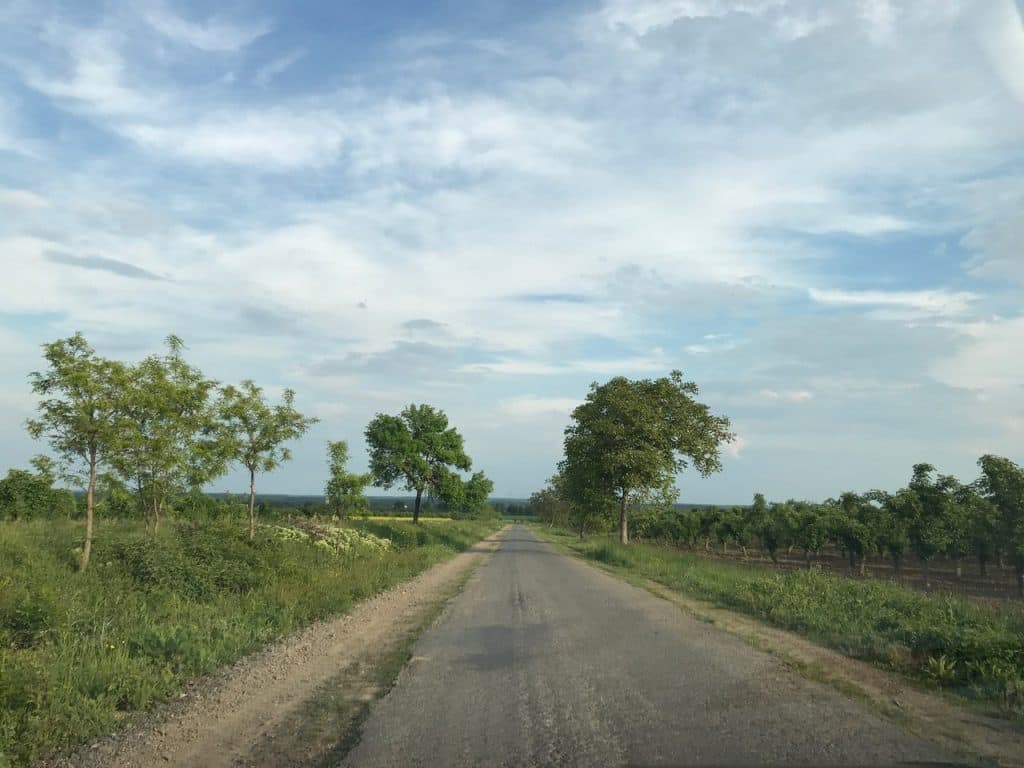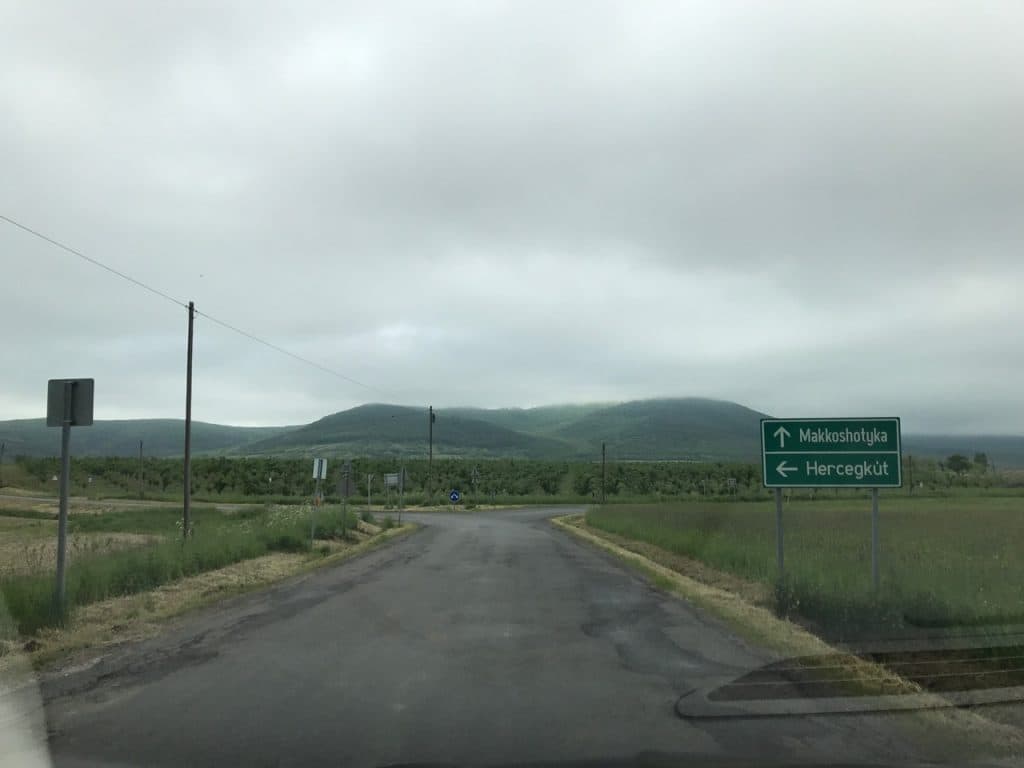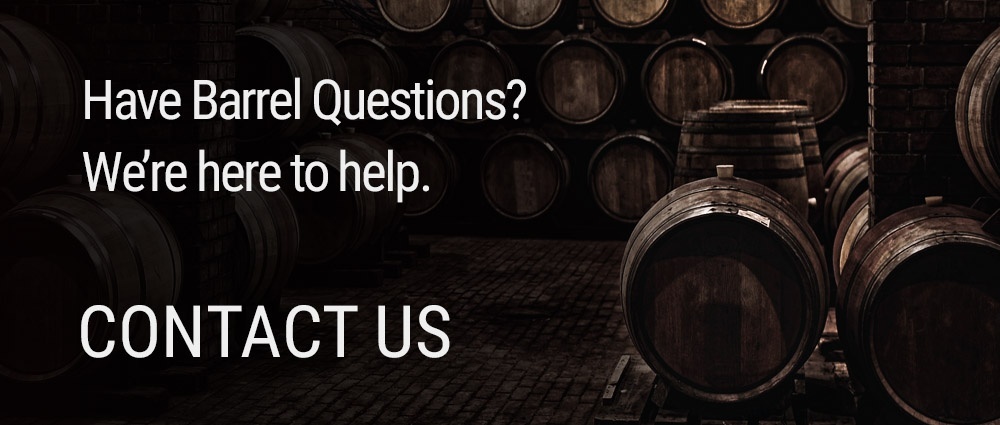My travels to Hungary landed me in Budapest at first, but once the rental car keys were in hand I was off! An hour or so of highway travel, trying to adjust to kilometers per hour instead of miles per hour, and we were reaching the more remote regions of Hungary. The Tokaj wine region is nestled in the volcanic rock hills of North Eastern Hungary. You know you’re getting close when the roads start to narrow and the rolling vineyards get larger. I had a few appointments on my way into the the Tokaj region, but my final stop of the day was at a small little winery run by the Götz family. If you haven’t had a chance to read my overall Hungary blog containing all the other stops during my journey I would recommend taking a minute and reading. Anyhow, this is when I discovered Hercegkút.
Hercegkút is a small German-Hungarian village of about 700 people settled in the 1700’s by French and German inhabitants. Although it is deep in the heart of Hungary, many of its residents only speak German… a small obstacle for me. The village is a cluster of houses along one main road, with hills to the North and South and vineyards to the East and West. It’s these four compass points that make Hercegkút unique.
When traveling down main street Hercegkút you’ll notice the hills to the left and right. With a closer look, you may notice they’re dotted with what look like little houses. When the settlers first came to Hercegkút it was nothing but woods. They used all the flat and low land for pastures and fields, and took up residence in the hills. The early settlers dug into theses hills for shelter, and realized the volcanic rock was not only fairly easy to carve into, but provided great shelter.
It wasn’t long before the settlers of Hercegkút started producing wine, and as modern construction methods came around they started building houses. There was something very unique with these small shelters carved into the mountain though. They maintained a constant temperature year round, between fifty and sixty degrees Fahrenheit, and are always humid. Cold humidity is perfect for wine storage. The little village is big with tradition, many originating from their German roots. Each family gets their own wine cellar and they are traditionally used for private storage. It’s a tradition in Hercegkút that every family makes and stores their own wine for their own use. Some, like the Götz family, have expanded this family tradition into a family business. Most the of the hand carved wine cellars in the hills of Hercegkút are only about ten meters long, however the Götz family has extended their to 100 meters. Inside, though still dark, cold, and wet, it’s decorated with historical photos and furnished to seat up to 200 patrons for wine tastings and dinners. Some families run commercial operations with wide distribution. Others have also expanded beyond the family, but not to the same extent. Like Jozef. [Meet Jozef here] Jozef’s family cellar is smaller than the Götz family, but it’s still larger than many of the others.
I was in awe. I had already been in two other towns that day, but something about Hercegkút. Such a tight knit community with strong roots and traditions, world class wine, in the heart of the Tokaj region. This was a small community, in every sense of the term, but it had such a big presence.



